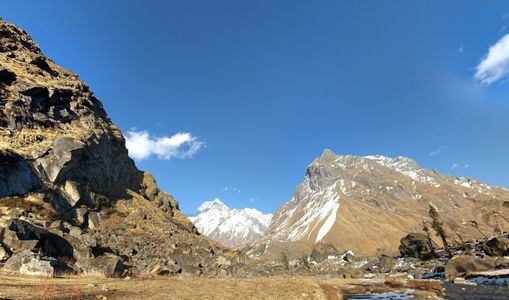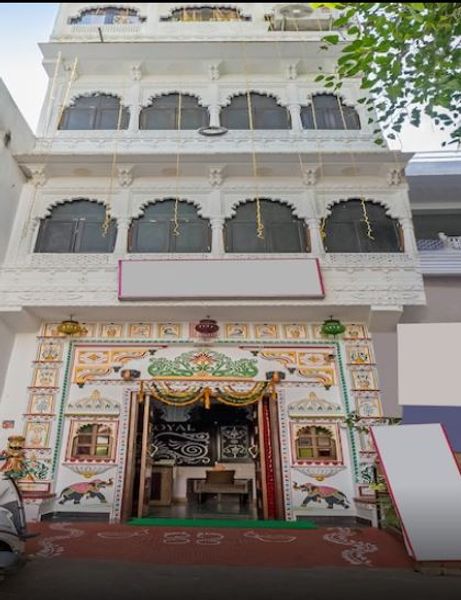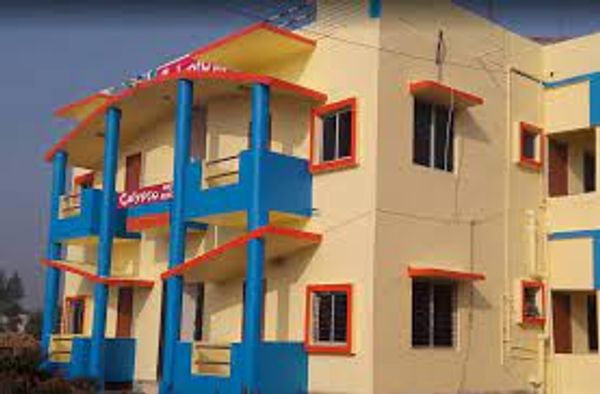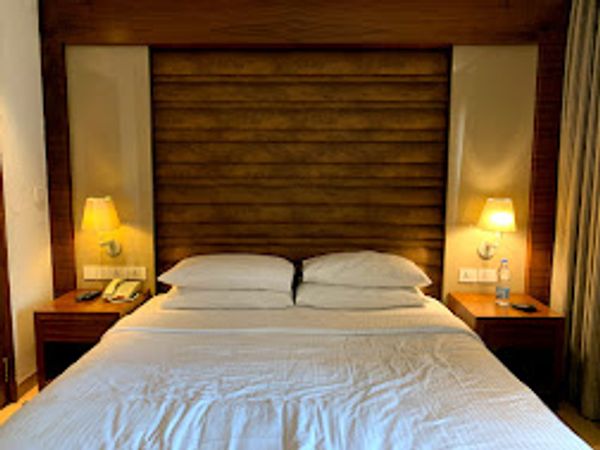Har Ki Dun Trek Best Time to Visit and What to Expect in Each Season
 Ankit Rawat
16 Jul, 2025
12 mins read
48
Ankit Rawat
16 Jul, 2025
12 mins read
48

If you are looking for a scenic Himalayan trek filled with natural beauty, local culture, and moderate difficulty, the Har Ki Dun trek is a great choice. Located in the Garhwal region of Uttarakhand, this valley trek is perfect for beginners as well as experienced trekkers. The trail goes through lush forests, mountain streams, old villages, and opens up to views of snow-covered peaks.
One important question that most trekkers ask before planning is about the Har Ki Dun trek best time. This is a valid concern, as weather conditions in the mountains can change quickly and affect the overall trekking experience. Knowing the best time helps you plan better and enjoy the journey to the fullest.
This article will guide you through the different seasons so that you can decide when to go based on your preferences, fitness level, and expectations.
Why Timing Matters for Har Ki Dun
Har Ki Dun is located at an altitude of about 3,566 meters (11,700 feet). Because of its elevation and location, the weather can vary a lot during the year. Some seasons offer clear views and mild weather, while others bring heavy snow or rain that can make trekking difficult or risky.
The Har Ki Dun Trek remains accessible for most of the year, except during the peak monsoon season when landslides and heavy rainfall make it unsafe. Each season brings its own charm and challenges. Let’s take a closer look at what each season offers.
Spring Season – A Valley Full of Flowers (March to April)
Spring is considered one of the best times to visit Har Ki Dun. The snow from winter starts melting, and the valley slowly comes back to life. Flowers begin to bloom, especially rhododendrons that turn parts of the trail pink and red. The trees are fresh and green, and the rivers and waterfalls are full from the melting snow.
The weather during spring is cool but not too cold. Temperatures usually range between 5°C and 15°C. Skies are mostly clear, which means you get good visibility of the surrounding peaks like Swargarohini, Black Peak, and Bandarpoonch.
Another benefit of trekking in spring is fewer crowds. Since many trekkers wait until summer, you might find the trail quieter and more peaceful in March and early April.
Summer Season – Green Meadows and Clear Skies (May to Mid-June)
Summer is another excellent time to do the Har Ki Dun trek. The weather is warmer and the days are longer, giving you more time to walk and enjoy the scenery. The snow has melted almost completely from the trails by May, making the paths easier to walk.
This season is ideal for people who are new to trekking or those who are traveling with family. The temperatures range from 10°C to 20°C during the day and may drop a little at night, but it remains comfortable. You will also see shepherds grazing their animals in the high-altitude meadows during this season, which adds to the local charm.
Do note that since this is a popular time, the route may be busier than spring or autumn. However, the natural beauty and pleasant climate make up for it.
Monsoon Season – Not Recommended for Trekking (Mid-June to August)
Monsoon brings heavy rainfall to the region, and trekking is generally avoided during these months. The trails become slippery and muddy, increasing the risk of injuries. Rivers and streams can overflow, and landslides are also a concern.
Visibility is poor due to clouds and fog, so you might miss the beautiful mountain views. Leeches in the forested parts of the trail can also be an issue during monsoon. Most trekking companies do not operate in this season, and for good reason.
If safety and enjoyment are your priorities, it is best to skip this season.
Autumn Season – Clear Views and Golden Forests (September to November)
If you ask experienced trekkers about the Har Ki Dun trek best time, many of them will suggest the autumn months. After the rains end in late August or early September, the region becomes dry and the skies remain clear for weeks.
This is the best time for photographers and nature lovers. The forests turn shades of yellow, orange, and red, giving a warm and magical feel to the entire valley. You also get crystal-clear views of the snow-capped peaks, especially in the early morning and late afternoon.
The temperature during the day remains between 5°C and 15°C, but nights can get colder. Proper clothing and gear are needed, but the natural beauty during autumn is well worth it.
Winter Season – For the Love of Snow and Solitude (December to February)
Winter transforms Har Ki Dun into a snowy paradise. Snow begins to fall in late November and by December, the trail and valley are completely covered. This season is best suited for those who have prior trekking experience and are well-equipped for extreme cold.
The daytime temperature can hover around freezing, and it can go well below zero at night. Walking in snow requires more energy and good footwear. The reward, however, is stunning a white landscape, frozen streams, and complete silence.
Fewer people trek in winter, so you can enjoy the solitude. If you love snow and are ready for a challenge, winter trekking in Har Ki Dun offers a unique and memorable experience.
Quick Summary of the Best Time to Visit Har Ki Dun
Season Months Highlights Suggested For
Spring March – April Flower blooms, clear skies, fewer crowds Nature lovers, photographers
Summer May – mid-June Warm weather, easy trail, green meadows Beginners, families
Monsoon mid-June – August Heavy rain, risky trail, poor visibility Not recommended
Autumn Sept – Nov Best views, dry trail, colorful forests Ideal for all trekkers
Winter Dec – Feb Snow-covered valley, tough conditions Experienced trekkers only
What to Pack Based on the Season
Depending on the time you choose to trek, your packing list may change slightly. Here are the essentials for each season:
Spring and Summer:
- Lightweight trekking clothes
- Light woolens for the night
- Sunglasses and sunscreen
- Reusable water bottle
- Good trekking shoes
Autumn:
- Warm jackets and gloves
- Layered clothing for temperature changes
- Flashlight or headlamp
- Rain cover for your bag
Winter:
- Thermals, heavy woolens
- Snow boots and waterproof gloves
- Trekking poles
- Extra socks and head cover
Final Thoughts
The Har Ki Dun trek best time depends on what kind of experience you want. If you want flowers and greenery, spring is perfect. If you love mountain views and calm weather, go in autumn. Summer is great for comfort and ease, while winter is only for those looking for adventure in snow.
Written By:
Ankit Rawat



Hotels at your convenience
Now choose your stay according to your preference. From finding a place for your dream destination or a mere weekend getaway to business accommodations or brief stay, we have got you covered. Explore hotels as per your mood.





